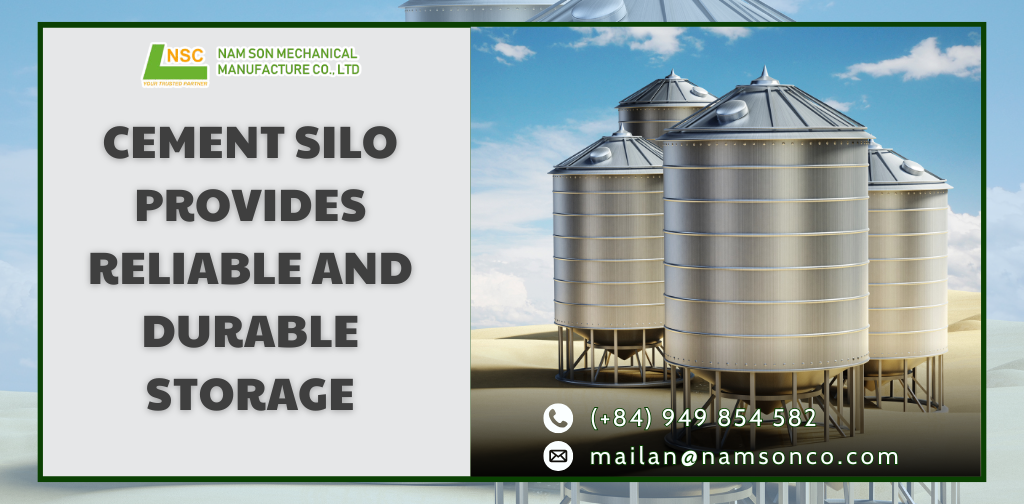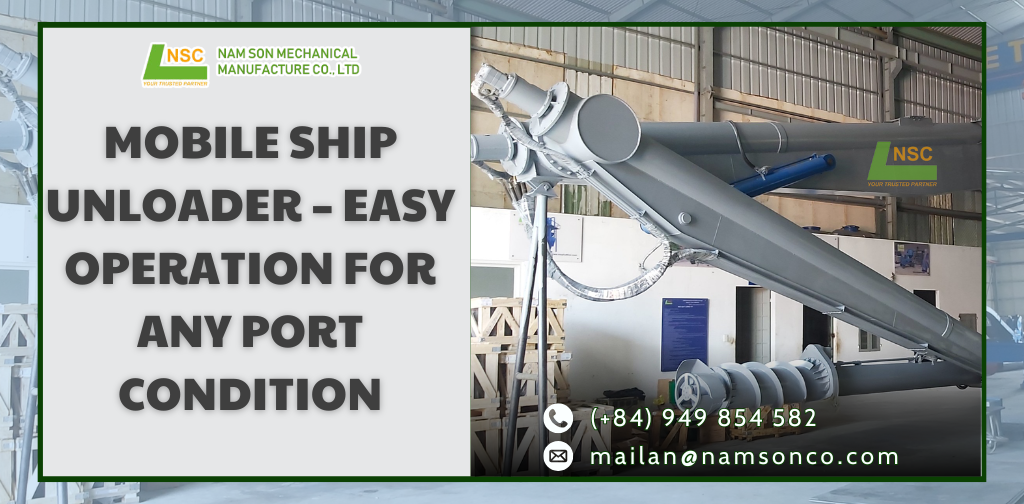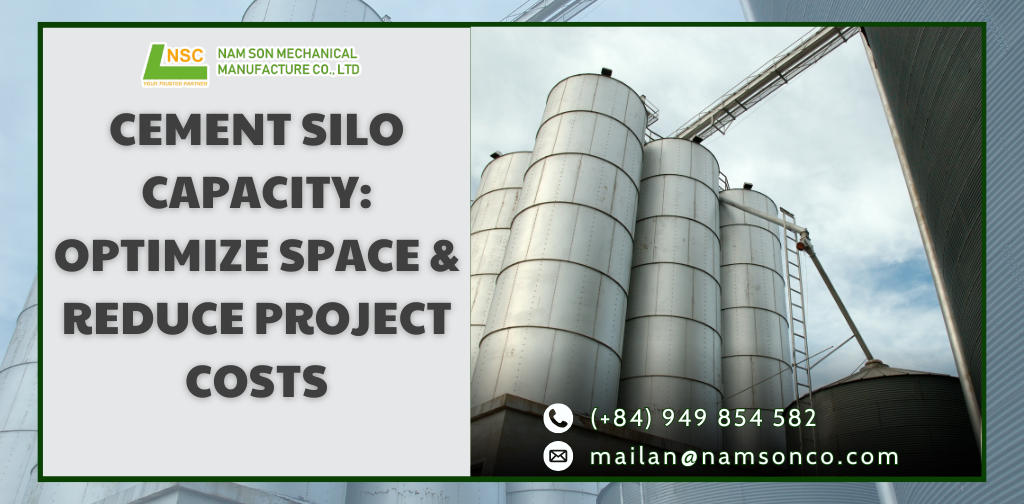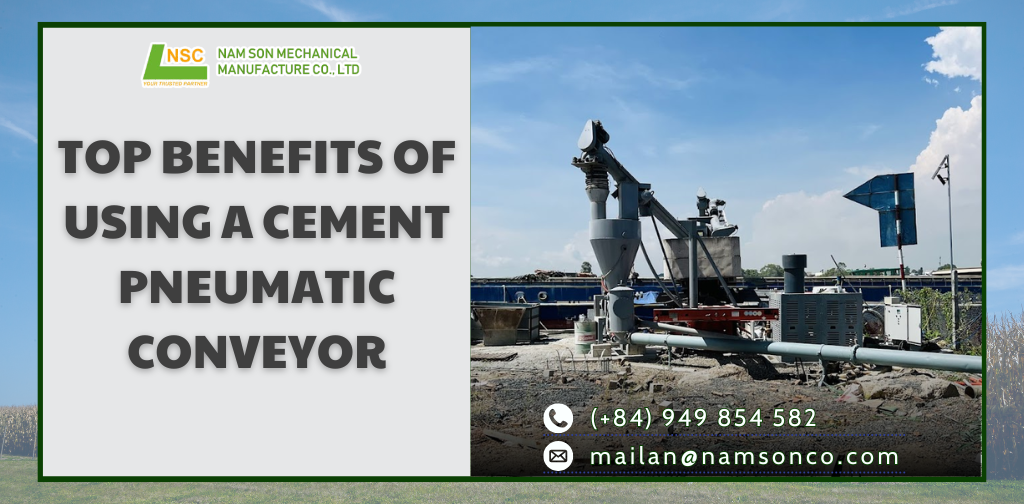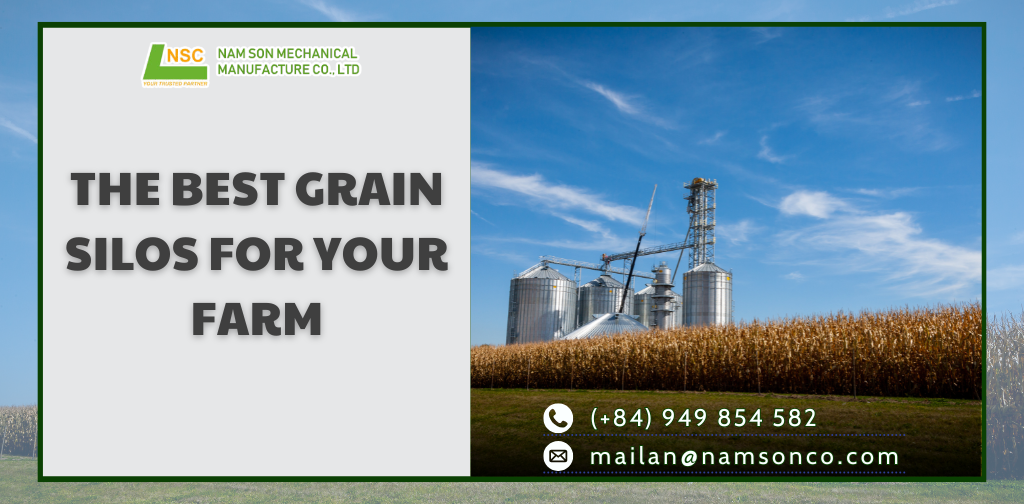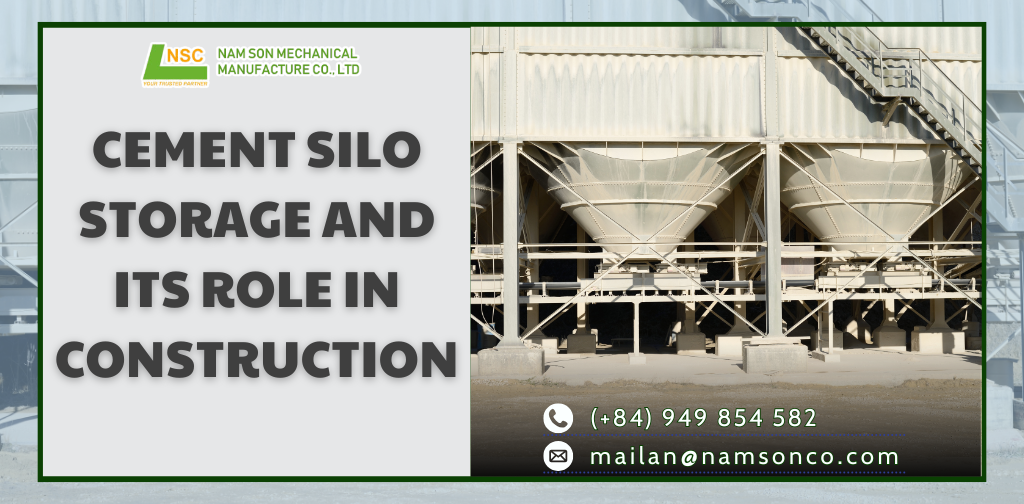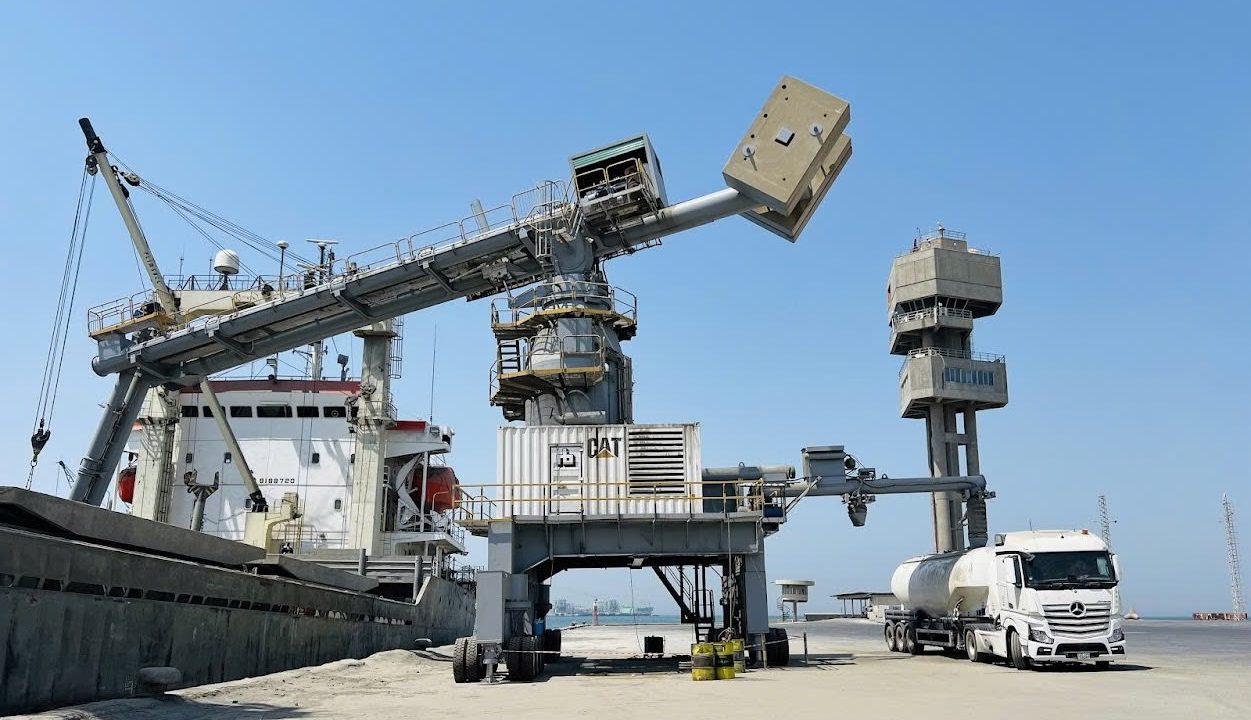In modern agriculture, where performance, sustainability, and product quality directly influence profitability, grain silo storage has become the cornerstone of post-harvest management. Grains such as corn, wheat, rice, and soybeans require reliable, climate-controlled environments to maintain quality and prevent spoilage.
Unlike traditional barns or open warehouses, a grain storage silo offers a sealed and scientifically designed environment that protects stored grains from external factors such as humidity, temperature fluctuations, pests, and contamination. Whether used on small farms or industrial facilities, silo storage systems allow farmers to minimize waste, extend grain shelf life, and achieve better storage efficiency throughout the supply chain.
Understanding grain silo storage and its importance
A grain silo is a specialized cylindrical or rectangular structure, often built from galvanized steel or reinforced concrete, designed to hold bulk grains under controlled conditions. The system operates as a closed ecosystem where temperature, humidity, and aeration can be monitored and adjusted to prevent deterioration.
In today’s climate-affected world, post-harvest losses pose a serious threat to both profitability and global food security. Efficient grain silo storage systems address these challenges by:
- Preserving grain quality for longer periods.
- Reducing insect infestation and mold growth.
- Allowing flexible timing for selling or exporting grain.
- Supporting traceability and compliance with hygiene regulations.
By maintaining the ideal balance between moisture control and temperature regulation, grain silos play a key role in sustainable grain logistics and food safety.
=>SEE MORE: Grain Silo Storage Basics – A Key to Agribusiness Success

Types of grain silo storage structures
Choosing the right silo design depends on grain type, climate, and storage capacity requirements. Below are the most common and efficient grain silo structures used globally.
1. Vertical grain silo storage
Vertical grain silos are among the most popular storage systems due to their space-saving design and gravity-assisted grain flow. Constructed from corrugated galvanized steel panels, these silos are durable, pest-resistant, and easy to maintain.
The vertical configuration supports natural airflow, reduces condensation, and minimizes handling labor. For farms or grain terminals with limited space, vertical silos provide an excellent balance between capacity and operational efficiency.
2. Horizontal grain silo storage
Horizontal or flat-bottom silos are best suited for high-volume grain storage where large ground areas are available. These silos are ideal for bulk grain storage facilities, feed mills, and grain depots.
Their broad surface simplifies loading and unloading processes using conveyors or augers. Additionally, horizontal silos are easier to clean, inspect, and maintain — crucial for maintaining grain hygiene and safety during long-term storage.
=>SEE MORE: Flat-bottom vs hopper-bottom grain silos: Which one should you choose?
3. Steel and concrete grain silo storage
When selecting a silo material, the choice often comes down to steel versus concrete.
- Steel silos are modular, lightweight, and quick to install. Their bolted design allows for relocation and easy capacity expansion. Steel’s reflective surface also helps regulate internal temperature.
- Concrete silos are more permanent structures with high thermal insulation and structural strength, ideal for regions with extreme weather or for long-term industrial use.
Both materials can be fitted with aeration systems, temperature sensors, and moisture control technology to ensure optimal grain preservation.
4. Grain silo storage for specific crops
Different crops demand different storage conditions:
- Corn storage silos require efficient ventilation systems to remove moisture and heat generated by respiration.
- Wheat silos maintain low humidity levels to prevent sprouting and fungal growth.
- Rice storage silos benefit from airtight conditions that prevent absorption of ambient moisture.
- Soybean silos need ultra-dry environments to avoid mold and maintain seed viability.
Understanding crop-specific requirements ensures the grain storage system maintains maximum quality and nutritional value.

What makes grain silo storage efficient?
Efficiency in grain silo storage depends on design precision, environmental control, and technological integration. Well-designed silos not only reduce losses but also improve energy efficiency and operational safety.
1. Design and ventilation
Proper aeration and ventilation are essential to prevent condensation and equalize temperature within the silo. Advanced silos feature pressure-equalization vents, thermal insulation layers, UV-resistant coatings, and insect-proof mesh to maintain a clean internal environment.
Both mechanical and natural ventilation systems are used to maintain steady airflow. These ensure that the grain mass remains uniform in temperature and moisture, preventing mold and degradation even during long-term storage.
2. Moisture and temperature control
Temperature and humidity are critical to grain preservation. Fluctuations can trigger insect activity, spoilage, or mycotoxin formation. Modern smart silos utilize IoT-enabled sensors to monitor internal conditions continuously.
Data collected from digital grain monitoring systems allows operators to detect irregularities early and make real-time adjustments through automated fans, heaters, or dehumidifiers.
Consistent temperature management ensures energy savings and preserves grain quality throughout the storage period.
3. Storage capacity and scalability
Effective storage capacity planning ensures silos match production volume without overloading or underutilization.
- High-capacity silos (holding thousands of tons) are commonly used in grain terminals, ports, and large cooperatives.
- Medium and small silos serve on-farm or seasonal storage purposes, offering cost flexibility.
Modern modular silos are designed for easy scalability, allowing farmers to expand capacity as demand grows without disrupting operations.
=>>READ MORE: Grain silo storage basics every agribusiness should know

Why invest in grain silo storage systems
Implementing a grain silo storage solution provides measurable benefits beyond basic storage:
+ Reduced post-harvest losses: Controlled humidity and temperature reduce pest infestations and grain spoilage.
+ Increased market flexibility: Farmers can store grain longer, selling at favorable market prices rather than immediately after harvest.
+ Export compliance: Well-maintained silos meet international storage and sanitation standards, ensuring export readiness.
+ Sustainability: Silo systems minimize the use of plastic bags or tarps and support eco-friendly grain management.
+ Operational automation: Integration with smart monitoring systems and digital dashboards provides real-time insights into grain level, quality, and environment, helping optimize decision-making and cost control.
Ultimately, investing in a reliable grain storage infrastructure ensures both profitability and food safety for modern agribusinesses.
=>SEE MORE: 10 bulk grain storage tips that will save you millions of dollars every year

Conclusion: The future lies in grain silo storage
The future of agriculture lies at the intersection of technology, sustainability, and precision management. As climate variability and global demand continue to rise, smart grain silo storage systems offer a scalable and sustainable path forward.
Next-generation silos now integrate IoT sensors, automated aeration systems, and AI-driven monitoring, enabling farmers to manage storage remotely and predict potential issues before they occur. These innovations not only improve storage efficiency but also reduce carbon footprint and energy consumption.
Whether you are a smallholder farmer or a multinational grain exporter, adopting an advanced grain silo storage system ensures long-term grain stability, reduced losses, and optimized profits. Investing in efficient, data-driven grain preservation is no longer optional — it’s essential for the future of food security.
Contact us today for a consultation and discover how modern grain silo storage solutions can transform your post-harvest operations.
=>>SEE MORE: What is cement silo storage and why it matters in construction
CONTACT US
- Website: namsonco.com | mayhuthoi.com
- Alibaba: dthson.trustpass.alibaba.com
- Facebook: facebook.com/NamSonPneumaticConveyor
- Zalo/Whatsapp: (+84) 949854582
- Email: mailan@namsonco.com | thanhson@namsonco.com


